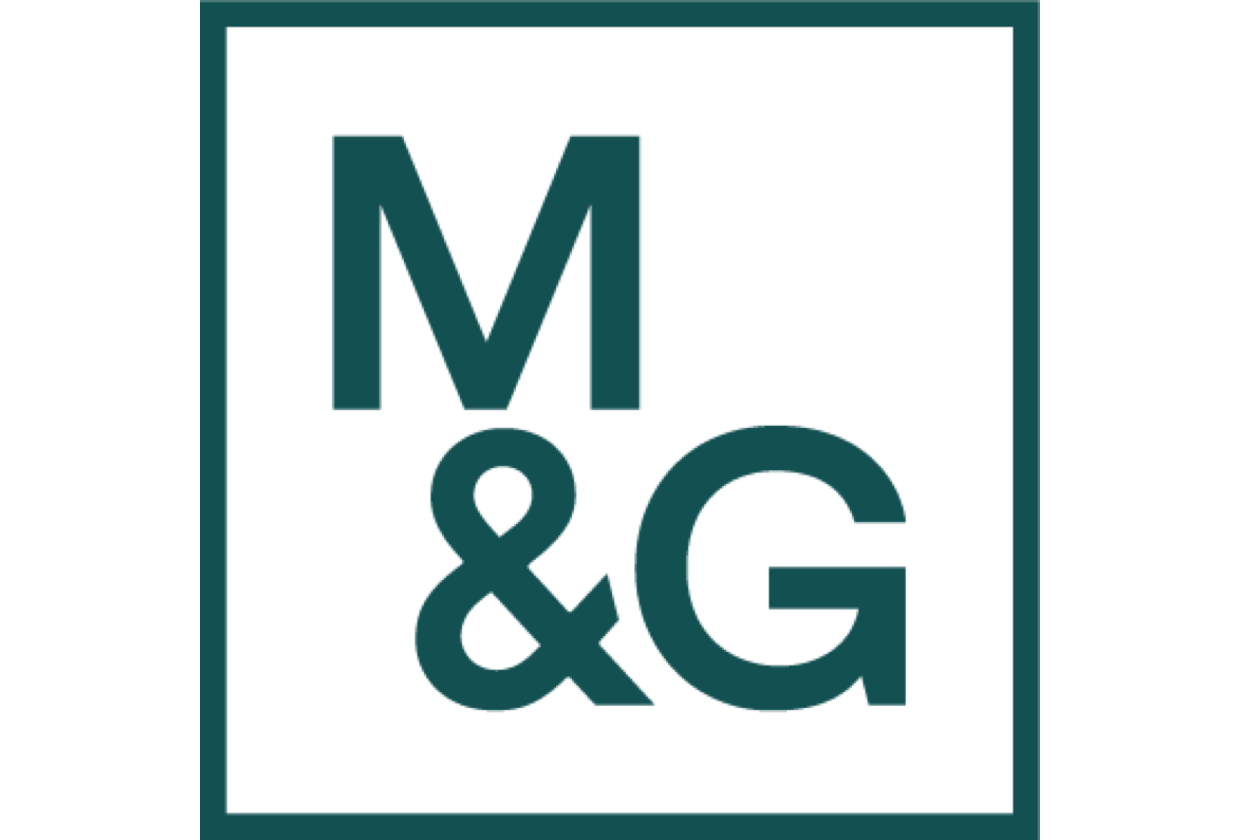M&G’s Assets Under Management and Administration (AUMA) remained broadly flat over 2023, ending the year at £343.5bn. Positive market movements offset client outflows and currency losses on non-sterling holdings. Excluding the closed Heritage portfolio, there were net inflows of £1.1bn.
Underlying operating profit rose 28% to £797m, largely due to higher interest rates which improved profitability in both annuities and the multi-asset with-profits business.
The Shareholder Solvency II coverage ratio, a measure of balance sheet strength, increased slightly to 203%. A dividend of 13.2p was announced, bringing the annual total to 19.7p up from 19.6p.
The company remains on track to meet its three-year underlying capital generation target of £2.5bn by the end of 2024 (73% already achieved).
The shares were up 3.5% following the announcement.
Our view
Full-year results were pretty good, enough to keep markets happy, beating consensus for both underlying operating profit and capital generation.
M&G is an asset manager at its core, with retail and savings products (life insurance, wealth management etc) supporting the main event. The transformation programme continues, with a renewed focus on increasing the weighting of the Asset Management and Wealth businesses up to 50% of profits (currently 42%). We're supportive of the narrowed focus, and momentum looks to be building in those two areas. That's good news as net inflows have been hard to come by in recent years.
Part of the strategy is to wind down what M&G calls the Heritage book, which includes legacy products and an annuity portfolio that's been closed since 2016. It's this part of the business that drove profit growth over the first half. The annuity portfolio benefits in a higher rate environment, and that's precisely why M&G is now back in the market for new annuity business.
The bulk purchase annuity market is heating up. This is essentially where an insurer/asset manager receives a lump sum to cover a company's future pension liabilities. The lump sum can be invested and hopefully generates a higher return than the pension payments it funds. Three deals last year totalled £0.9bn, with a target moving forward of £1.0-1.5bn a year. This business takes some time to yield results, but is highly cash generative over the long term.
With assets under management of c.£340bn, M&G is big, but not a giant in asset management terms. The PruFund line of with-profits funds have been selling well, and its diversification benefits are being seen more favourably given current market conditions. But the product isn't the easiest for everyday investors to understand due to its complex structure.
The revamped M&G Wealth platform looks to offer advisers an all-in-one platform, funnelling assets from customers into M&G or PruFund products. Progress is good and if it continues, PruFund solutions will be more accessible helping to flow growth for years to come.
Capital levels look good and there are targets in place to reduce relative debt levels and cut costs. All of this leaves us relatively confident that the 9.0% forward yield is achievable. M&G's defied the bears since spinning off from Prudential in 2019, growing its dividend every year. Of course, nothing is guaranteed and yields are variable.
There are positive signs for the latest phase of M&G under new stewardship and the yield is certainly attractive. But we'd like to see proof of more consistent flow growth, and further progress on cost cuts before getting too excited.
M&G key facts
All ratios are sourced from Refinitiv, based on previous day’s closing values. Please remember yields are variable and not a reliable indicator of future income. Keep in mind key figures shouldn’t be looked at on their own – it’s important to understand the big picture.
This article is not advice or a recommendation to buy, sell or hold any investment.No view is given on the present or future value or price of any investment, and investors should form their own view on any proposed investment.This article has not been prepared in accordance with legal requirements designed to promote the independence of investment research and is considered a marketing communication.Non - independent research is not subject to FCA rules prohibiting dealing ahead of research, however HL has put controls in place(including dealing restrictions, physical and information barriers) to manage potential conflicts of interest presented by such dealing.Please see our full non - independent research disclosure for more information.


